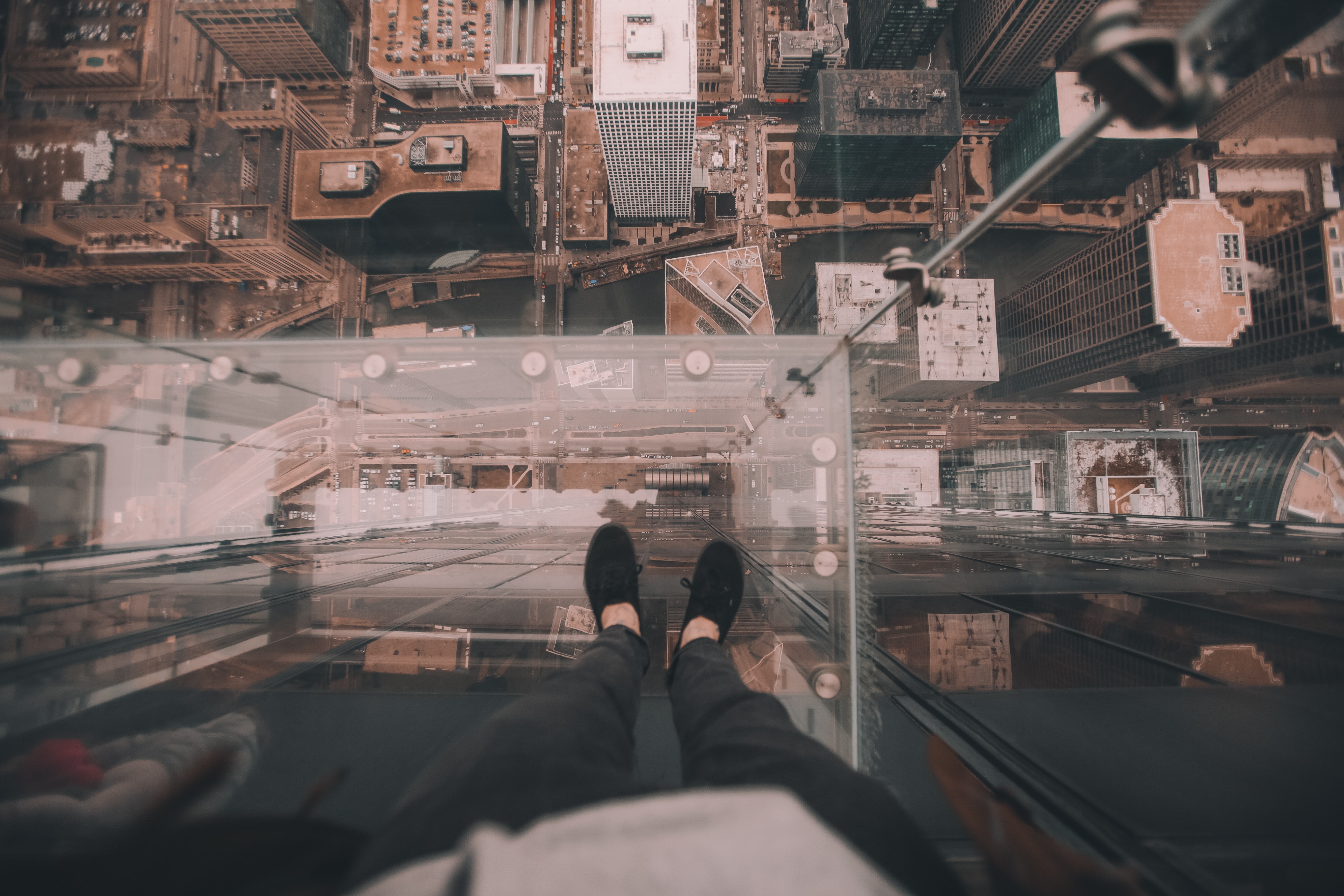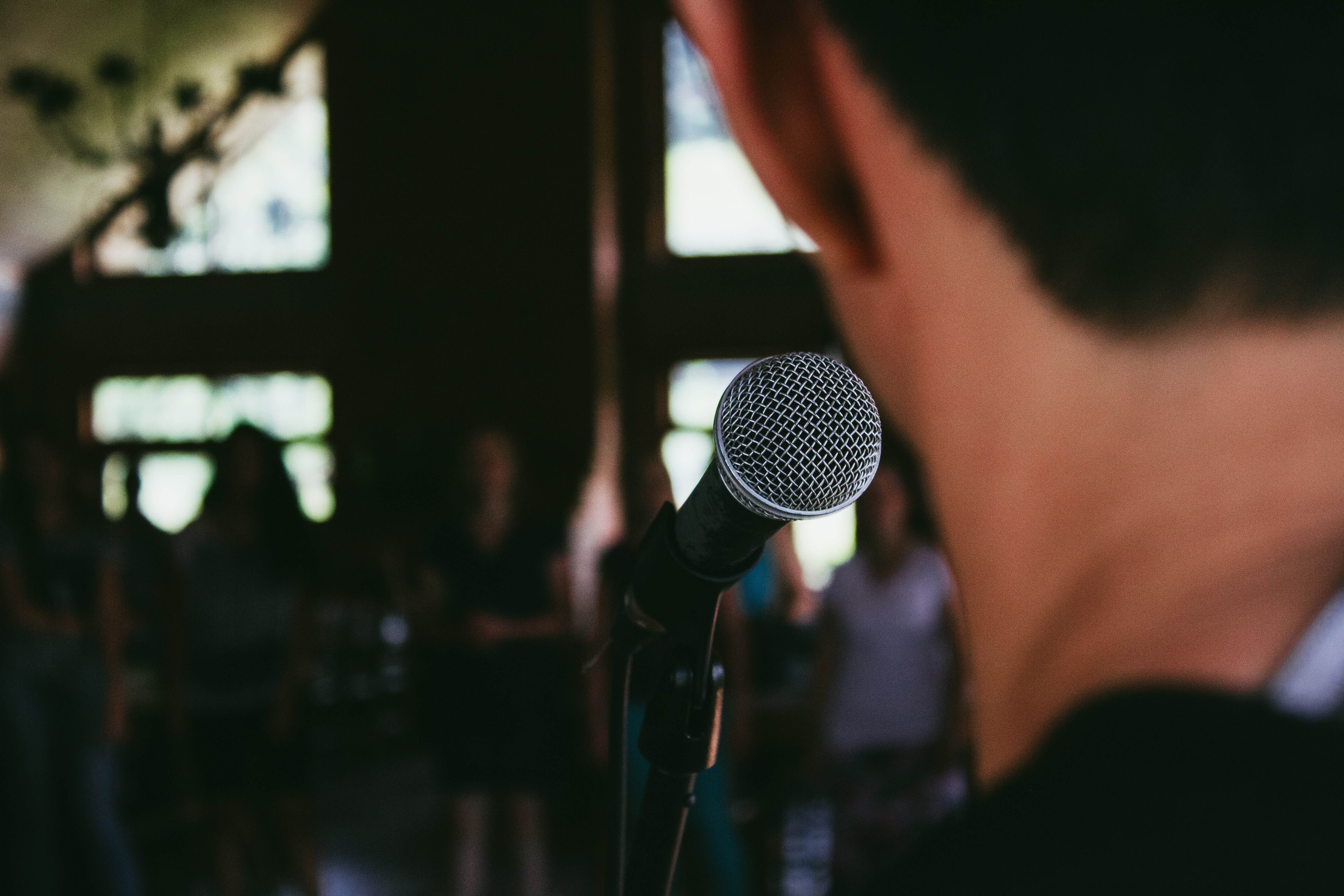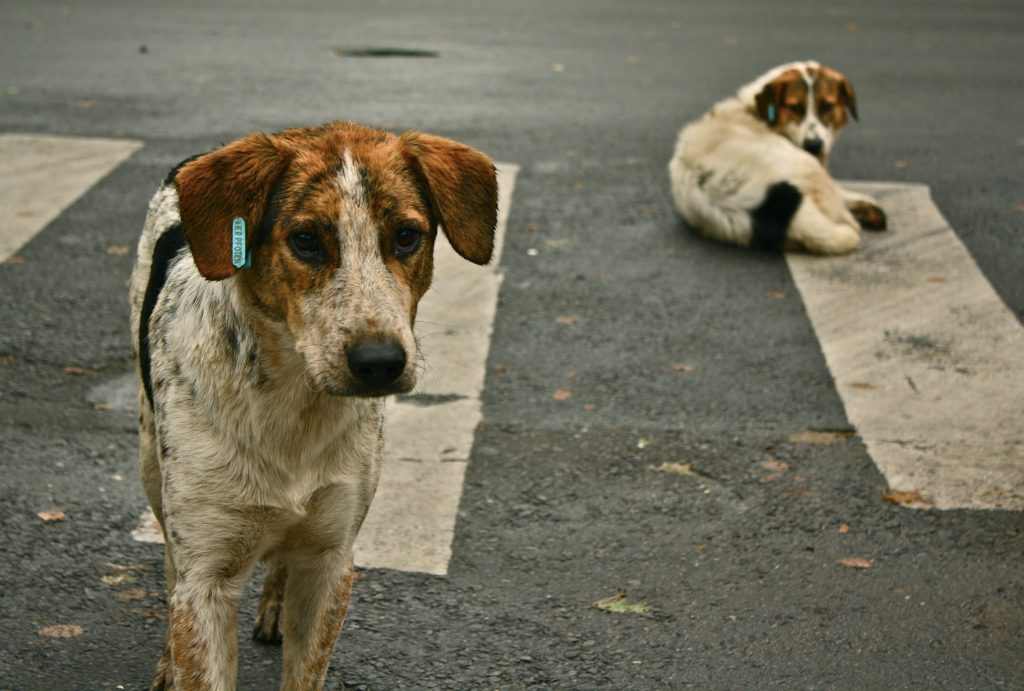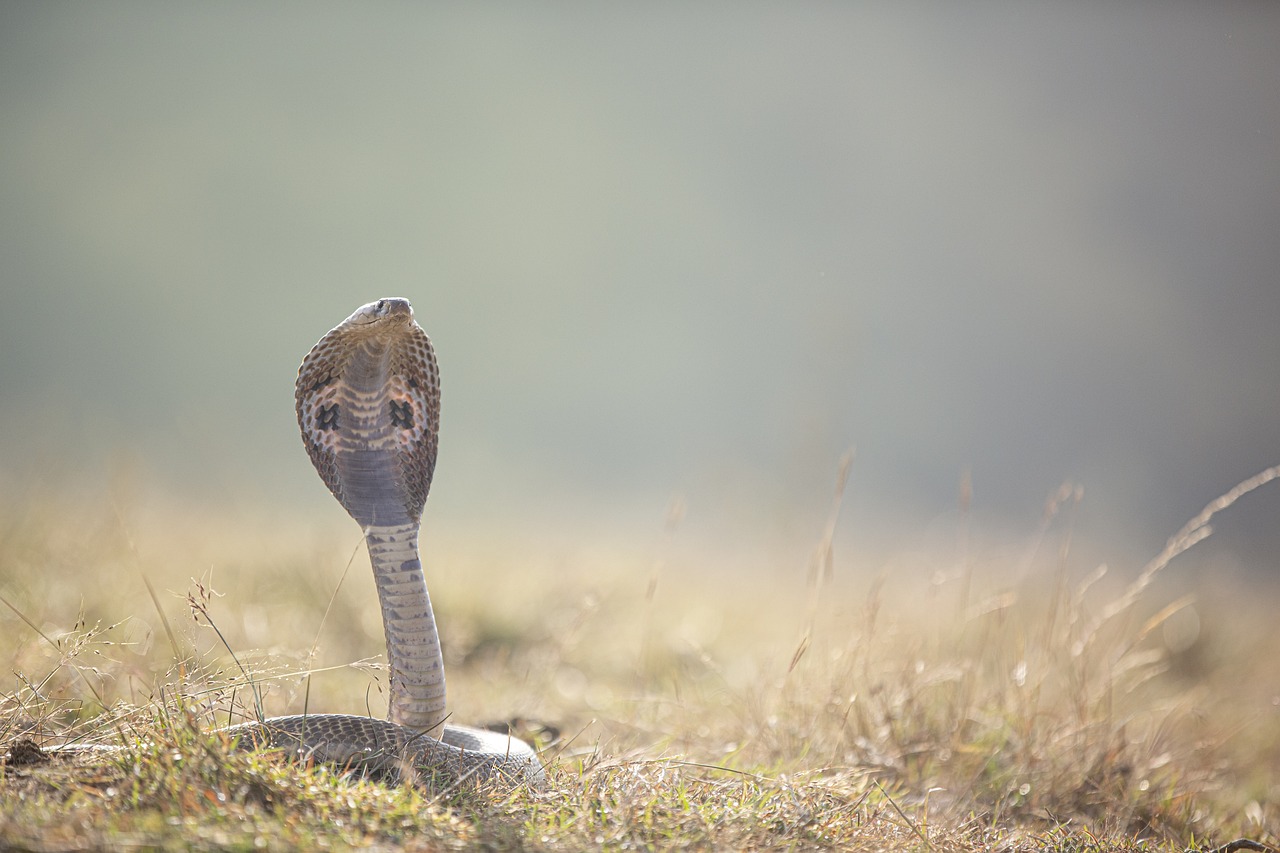
We live in the land of the brave but fear is a basic human emotion that everybody has. Fears are common experiences that affect individuals across the globe. Fears or in extreme cases, phobias, can evoke intense emotions and hinder individuals from fully engaging in various aspects of life. Understanding types of phobias is crucial in providing support and guidance to those who experience them.
And despite where you are and which caste or creed you belong to or your background, people face some common types of fears. This tells us that humans despite their differences are the same at the core and, we just need more empathy and compassion to consider and understand that.
Here are some common fears or phobias that people experience:
Fear of heights

Acrophobia, or the fear of heights, is a prevalent fear experienced by many individuals globally. It involves a fear of being in high places or exposed to great heights. This phobia is characterised by a feeling of intense anxiety or panic when confronted with heights.
It often stems from a fear of falling and the perception of being in a dangerous situation. It can also be influenced by evolutionary factors, as humans have an innate fear of heights to protect themselves from potential harm.
Traumatic experiences involving heights, such as falling or witnessing accidents, can contribute to the development of this fear. This fear can limit an individual’s ability to engage in activities like climbing, visiting tall buildings, or crossing bridges. It is estimated that around five per cent of the population experience acrophobia.
Fear of flying

The fear of flying or aviophobia is a common fear experienced by individuals worldwide. It involves a fear of flying in aeroplanes or other aircraft. People with aviophobia may experience significant anxiety symptoms such as sweating, trembling, or rapid breathing when faced with the prospect of flying. This phobia can range from mild anxiety to a full-blown panic attack.
It is reported that approximately 25 per cent of people have some level of fear when it comes to flying. This phobia can stem from a variety of reasons, such as turbulence, loss of control, fear of crashing, or general discomfort with the idea of being in an aeroplane. So naturally, people with this phobia avoid air travel and limit travel opportunities.
Fear of public speaking

The fear of public speaking is a common fear that affects people globally. Also known as glossophobia, it involves a fear of being judged, embarrassing oneself, or being unable to effectively communicate in front of an audience. This fear can hinder career opportunities, professional growth, and the ability to share ideas or perspectives with others.
Fear of public speaking can also provoke panic attacks that may often be sudden and intense, accompanied by symptoms such as heart palpitations, shortness of breath, trembling, and a sense of impending doom when one has to face the prospect of speaking in front of a crowd. But people can get over it.
Fear of needles

Trypanophobia is the fear of needles or injections. And it is not just among children, but full-grown adults sometimes also have this phobia. Research suggests that around 20 per cent of adults have a phobia of needles to some extent. Any previous painful or traumatic experience involving needles, such as a painful injection or medical procedure, can create a fear response. Concerns about potential injuries, such as accidental needle sticks or adverse reactions to injections, can contribute to the phobia.
One can experience significant distress and avoidance of medical procedures involving needles. It may be pain or discomfort that causes anxiety when a needle punctures the skin. Individuals with this disorder may experience persistent and uncontrollable anxiety, often accompanied by physical symptoms such as restlessness, irritability, and difficulty concentrating.
Fear of dogs

Cynophobia is the fear of dogs and can range from mild discomfort to extreme fear or panic attacks. It is estimated that approximately 36 per cent of people experience some degree of phobia or anxiety when encountering dogs. Lack of understanding or familiarity with dog behaviour, body language, and communication signals can lead to fear and anxiety.
Meanwhile, a previous traumatic encounter or negative experience with dogs, such as a dog bite or aggressive behaviour, can contribute to the development of cynophobia. The fear of being bitten or attacked by a dog, which may cause physical harm, can trigger anxiety.
But animals do not attack you unless they feel threatened by you, dogs are rather friendly with humans as they have been used to human interactions. So if you do not do anything, rest assured that you are safe from dogs.
Fear of darkness

Nyctophobia or the fear of darkness is another common fear that transcends cultures and age groups. It involves an intense fear of being in dark environments or not being able to see. This fear can cause anxiety, limit individuals’ ability to navigate at night or induce a need for constant light.
It can develop due to a fear of the unknown, potential dangers hidden in the dark, or a fear of being alone in the dark. Negative experiences during nighttime, or in the absence of light, can contribute to the development of this fear.
It can also be influenced by cultural beliefs or media portrayals of darkness as a source of danger or parents just trying to make children sleep early. Fear of darkness also stems from the fear of the unknown, which connects back to our stone-age brain ingrained with the thoughts of dangers that you need to avoid for survival.
Fear of snakes

Ophidiophobia or the fear of snakes is also commonly experienced globally. It involves an irrational fear or aversion to snakes, even if one has never encountered the species, humans are naturally scared of it. Evolutionary factors, as some snakes are venomous and pose a potential threat. Negative experiences with snakes, such as traumatic encounters or cultural beliefs that associate snakes with danger, can contribute to the development of this fear.
It can also be because this fear is ingrained in many cultures and societies, that portray snakes or nagas as deities or demons. Media portrayals of snakes as dangerous or evil creatures may also reinforce the fear.
Studies indicate that around 51 per cent of individuals have some level of fear or discomfort when confronted with snakes. This fear can cause individuals to experience anxiety, avoid certain environments, or limit their ability to engage in activities such as hiking or exploring nature.
Fear of spiders

Arachnophobia or fear of spiders is another prevalent fear that transcends cultures. It involves an intense fear or aversion to spiders or other arachnids. This fear can cause individuals to experience anxiety, and panic, or avoid situations where spiders may be present.
Research suggests that approximately 30.5 per cent of the general population experiences some level of arachnophobia. Some spiders are venomous and pose a potential threat. Cultural beliefs or media portrayals of spiders as dangerous or creepy creatures may also reinforce the fear. But mostly, it is the aversion among the people that do not like the creepy crawlies around or near them.

















